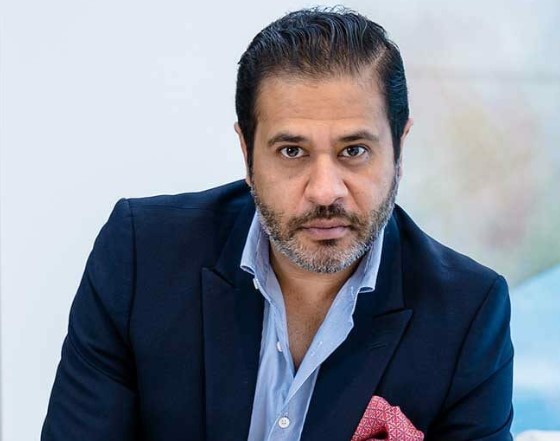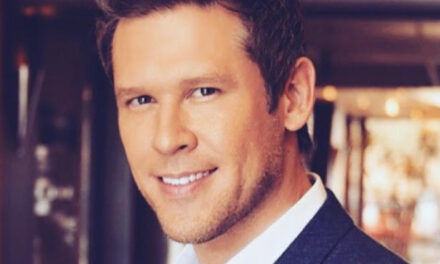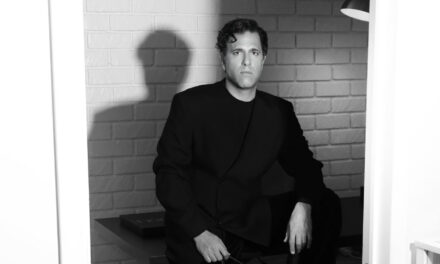Nitin, for those in our audience who aren’t familiar with your work, could you tell us a bit about your background and what led you to become a leader in sustainable luxury real estate?
I started in finance, working in India and Dubai. I learned how to manage risks and plan for the long term. When I moved to Dubai, I saw the city’s rapid growth and realized I could bring something unique to real estate—luxury that’s also sustainable.
Your career journey in shaping modern developments while championing sustainability is truly inspiring. Can you walk us through some pivotal moments that defined your path?
One key moment was realizing the impact buildings have on the environment. That pushed me to explore sustainable materials and technologies. Another was seeing how much people value smart, energy-efficient homes. These experiences shaped my focus on creating spaces that are both luxurious and responsible.
Many luxury developments boast cutting-edge technology. Can you share an example from your experience where technology significantly enhanced a project’s sustainability, and what actionable takeaway other developers could learn from it?
One project used smart HVAC systems that cut energy use by 30%. Residents could monitor and control energy in real time. The takeaway is clear: technology makes sustainability practical and user-friendly.
Balancing profitability with environmental responsibility can be challenging. Can you describe a situation where you successfully navigated this balance, and offer advice for others facing similar decisions?
In one project, we chose sustainable materials that cost more upfront but reduced long-term maintenance and energy expenses. It was a win-win. My advice: think long term. The right balance often pays off over time.
Speaking of challenges, every project has its hurdles. Can you share a specific setback you encountered related to sustainable building practices, and how that experience ultimately fueled innovation in your approach?
Early on, I struggled to find suppliers for certain sustainable materials. It delayed progress but taught me to build stronger partnerships. Now, I work closely with suppliers to ensure we get the right materials on time.
Looking towards the future, how do you see AI and smart technologies further transforming sustainable property development, especially in the luxury sector?
AI will optimize energy use and predict maintenance needs. It will help developers design smarter, more efficient spaces. In luxury, this means tailored solutions that enhance both comfort and sustainability.
With sustainability becoming increasingly important for discerning clients, how do you see the definition of luxury evolving in the context of real estate?
Luxury is no longer just about aesthetics. Clients want spaces that are smart, eco-friendly, and future-ready. Sustainability is becoming a core part of what makes a property truly luxurious.
Building for tomorrow requires a long-term vision. What key principles guide your decision-making when it comes to ensuring the longevity and continued relevance of your projects for future generations?
I focus on sustainability, adaptability, and innovation. Buildings should last, evolve with technology, and minimize their environmental impact. Thinking ahead is essential.
Finally, if you could give one piece of advice to aspiring developers looking to make a positive impact on the world through sustainable building practices, what would it be?
Start with a purpose. Focus on creating value for both people and the planet. Don’t be afraid to take risks or challenge the norm.
Thanks for sharing your knowledge and expertise. Is there anything else you’d like to add?
Sustainability isn’t just a trend; it’s a responsibility. The choices we make today shape the future. Let’s build with care and purpose.




